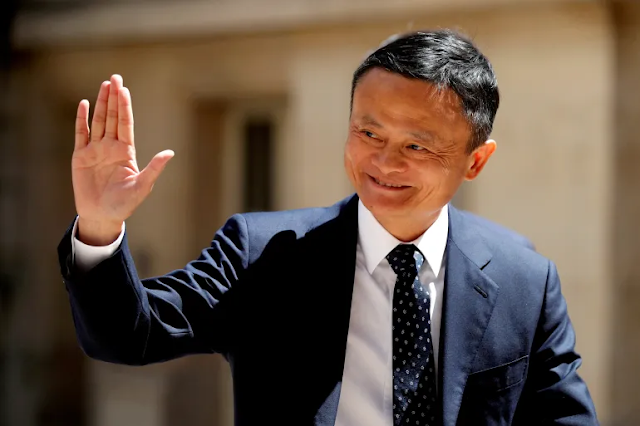Introduction
The goal of this business plan is to grow and market watermelons.
The concept is based on harvesting 12,000 watermelons each quarter, or 48,000
watermelons year. The potential revenue is expected to be USD 7,200 every
quarter, or USD 28,800 annually. The company has a strong market demand all
year long and may employ both ladies and young people. The project will cost
around $2080.
Production
process
To create the ideal environment for watermelons—a light, sandy,
fertile loam soil that is well drained yet holds moisture—add a lot of organic
matter to the soil. Watermelons should be planted whenever the soil and air
temperatures have reached 65 degrees Fahrenheit, usually two to three weeks
after the last rain. If your growing season is long enough for the plants to
mature, direct sowing is preferable. Dig a hole two feet in diameter and one
foot deep for each plant, fill it with bone meal and at least one or two
trowels of compost or well-cured manure. Plant transplants that have been
hardened off at the same depth at which they were growing in their pots. In
hills, scatter seeds one inch deep. Plants should be spaced apart widely. To
keep moisture in, spread a thick layer of organic mulch, Remove all protective
coverings as soon as flowers begin to bloom to allow bees and other insects to
pollinate the plants. Start fertilizing every three weeks with compost tea, and
the produce should be ready for picking 35 days later.
Market
Analysis
Fruits like watermelons are in high demand nationwide, but
especially in urban areas. Hotels, supermarkets, canteens, fruit vendors,
market vendors, and other establishments can all receive watermelons. There are
so many financiers in this industry, dispersed all throughout the nation.
Capital Investment Requirements in US
$
|
Item |
Unit |
Qty |
Unit cost |
Total |
|
Wheel barrows |
No |
2 |
25 |
50 |
|
Hand tools |
No |
1 |
50 |
50 |
|
Total cost of machinery |
|
|
|
100 |
Production and operation costs in US$
Direct Materials, Supplies and Costs
|
Cost item |
units |
Unit cost |
Qty/ quarter |
Prod cost/ quarter |
Prod. Cost/year |
|
water
melon seeds (250 seeds) |
No |
0.02 |
12,000 |
210 |
840 |
|
Poles |
No |
0.3 |
2,200 |
550 |
550 |
|
Chemicals |
kgs |
15 |
3 |
45 |
45 |
|
Mulches |
bundles |
0.25 |
100 |
25 |
100 |
|
Sub-total |
|
|
|
830 |
1,535 |
|
General costs (Overheads) |
Prod. Cost/ month |
Prod. Cost/ year |
|
(Utilities
(water) |
15 |
180 |
|
wages |
20 |
240 |
|
Depreciation
(Assets write off) Expenses |
2 |
25 |
|
Sub total |
37 |
445 |
|
Total operating cost |
867 |
1,980 |
Project Product Cost and Price
Structure in US$
|
Item |
Qty /yr |
Unit cost |
Prod./yr |
Unit price |
Total revenue |
|
Water
melon |
48,000 |
0.55 |
26,400 |
0.6 |
28,800 |
Profitability
Analysis In US $
|
Profitability item |
per
Quarter |
per year |
|
Revenue |
|
|
|
Water
melons |
7,200 |
28,800 |
|
Less Production & Operating
Costs |
867 |
1,980 |
|
Profit |
6,333 |
26,820 |
Source of
Supply of Equipment and Raw materials
All Raw materials and equipment can be obtained from the local
market country wide.
Government
Incentives
Government has scrapped taxes on Agricultural inputs to boost the
agricultural sector






 It's an amazing website that will help you in business ideas, stories of rising different of difference company and motivation
It's an amazing website that will help you in business ideas, stories of rising different of difference company and motivation